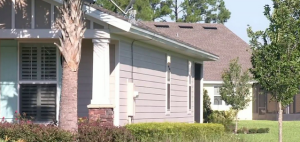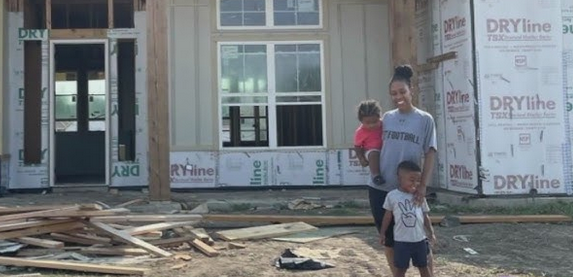By HUD
Photos: YouTube Screenshots
WASHINGTON – Thursday, the U.S. Department of Housing and Urban Development convened a critical summit to address sharp increases in property insurance costs and lack of available coverage impacting people across the country.

“It’s become abundantly clear that the rising cost of insurance is causing harm to homeowners, renters, housing providers, and entire communities,” said HUD Acting Secretary Adrianne Todman. “Today, we took a historic step to bring all of our stakeholders together in one place so we can determine solutions to protect the people we serve and preserve and create affordable housing and lower housing costs for all.”
Acting Secretary Todman opened up the summit alongside Tom Perez, Senior Advisor to the President and Director of the White House Office of Intergovernmental Affairs, before turning it over to the keynote: a fireside chat on the future of the U.S. property insurance market, moderated by The New York Times’ Emily Flitter, with major panelists including former HUD Secretary and now-President and CEO of Enterprise Community Partners Shaun Donovan, Habitat for Humanity CEO Jonathan T.M. Reckford, Arkansas Insurance Commissioner Alan McClain, and National Association of Mutual Insurance Companies President and CEO Neil Alldredge, who are on the frontlines of reckoning with rising premiums and receding coverage.
Over the past several years, homeowners and housing providers have experienced significant increases in property insurance premiums and deductibles, reductions in coverage, added requirements, and withdrawals of insurance companies from certain markets. Across the Department, HUD has been reviewing its policies for opportunities to address industry challenges due to market trends while managing potential risks:

- HUD recently updated its multifamily insurance deductibles to address the rising costs of wind and storm coverage, reducing costs for owners while continuing to ensure that properties have adequate insurance coverage. This is a key element of HUD’s work to address insurance costs and assure that communities can recover from disaster.
- HUD’s new Federal Flood Risk Management Standard (FFRMS) protects communities from flood risk, heavy storms, increased frequency of severe weather events and disasters, changes in development patterns, and erosion. By implementing the FFRMS, communities can become resilient to flooding, protect lives and properties, minimize damage to households, reduce insurance costs, and safeguard federal investments – ensuring that federally funded construction projects are built to withstand current and future flood risks.
- HUD revised its methodology for calculating how contract rents are set in Section 8 project-based rental housing to better account for rising insurance costs among property owners in their overall operating cost.
- HUD clarified that Public Housing Authorities (PHAs) may submit an appeal of their Operating Fund Project Expense Level (PEL) if the PHA’s total operating costs, including the costs of insurance, have increased to a level that exceeds the PEL eligibility amount. A successful appeal would result in increased funding for the PHA.
The day’s events also included other high-level speakers from across the country, who spoke on engaging panels on building resilience, protecting the future of affordable housing, and homeownership. At the conclusion of the Summit, Acting Secretary Todman and senior HUD leaders, including Federal Housing Commissioner Julia Gordon, Principal Deputy Assistant Secretary for Public and Indian Housing Richard J. Monocchio, Principal Deputy Assistant Secretary for Community Planning and Development Marion McFadden, Principal Deputy Assistant Secretary for Policy Development and Research Solomon Greene, and Acting Ginnie Mae President Sam Valverde, all provided a response to these critical issues.
Media outlets interested in footage or photography from the day’s events should contact HUD’s Office of Public Affairs at [email protected].

More information about HUD and its programs is available at www.hud.gov and https://espanol.hud.gov.







